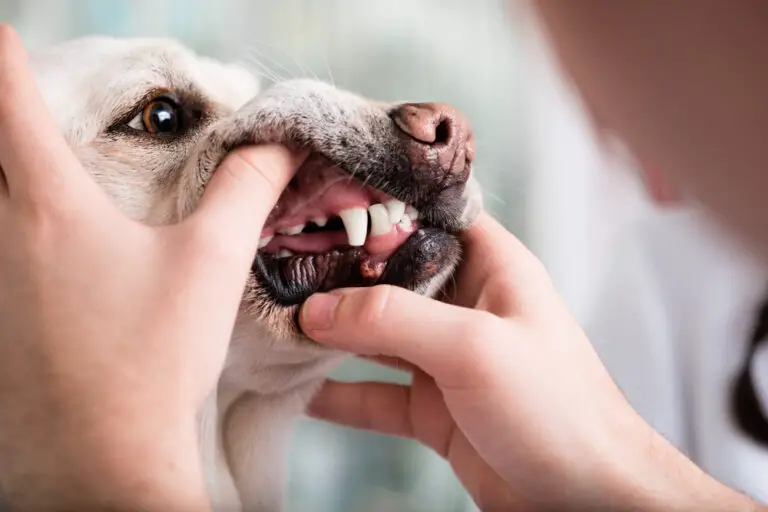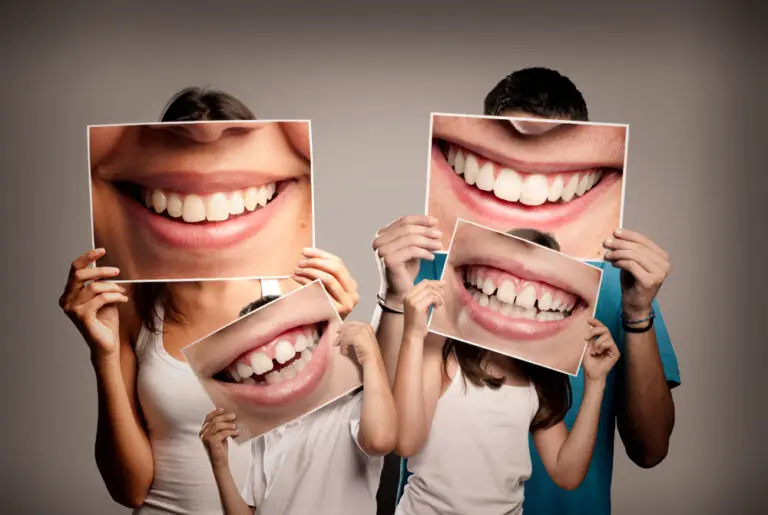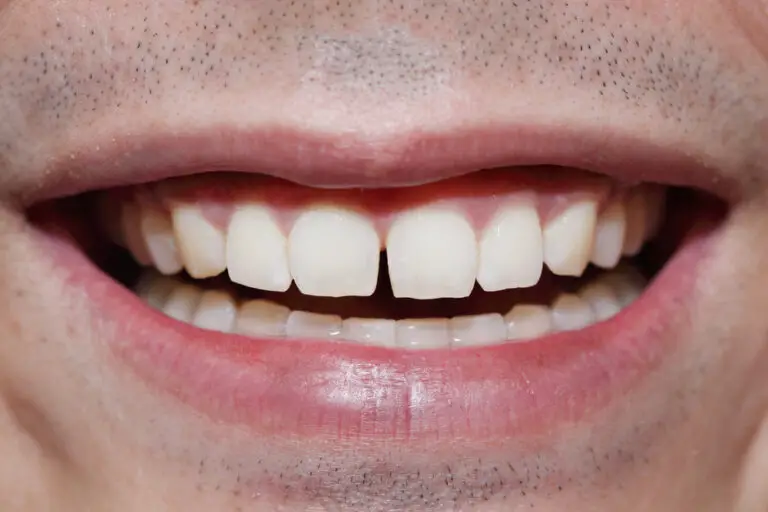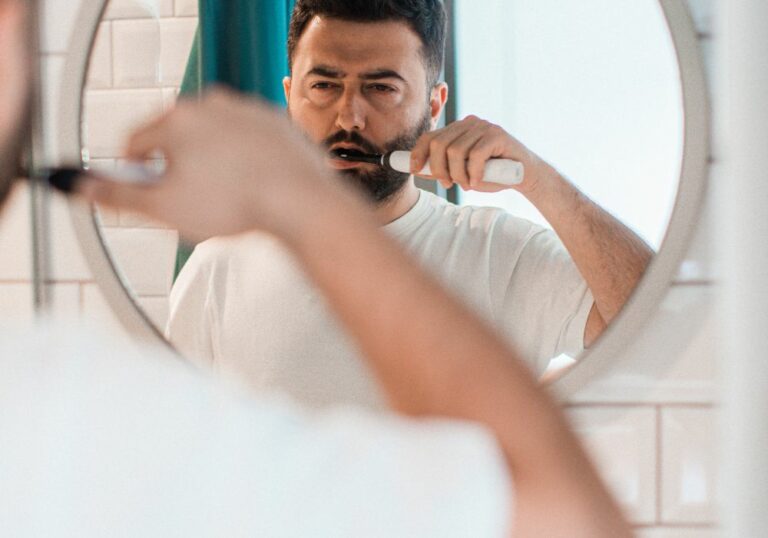Getting your braces off is an exciting milestone. You’ve endured months or even years of wire tightenings, sore teeth, wire pokings and food restrictions. Finally, you’re done! The braces come off and you get that long-awaited look at your new straight teeth. But for some, that first glimpse in the mirror reveals an unhappy surprise – your teeth still look kind of crooked and uneven. Ugh! After all that time and discomfort with braces, why do your teeth still look weird?
Common causes of uneven teeth after braces
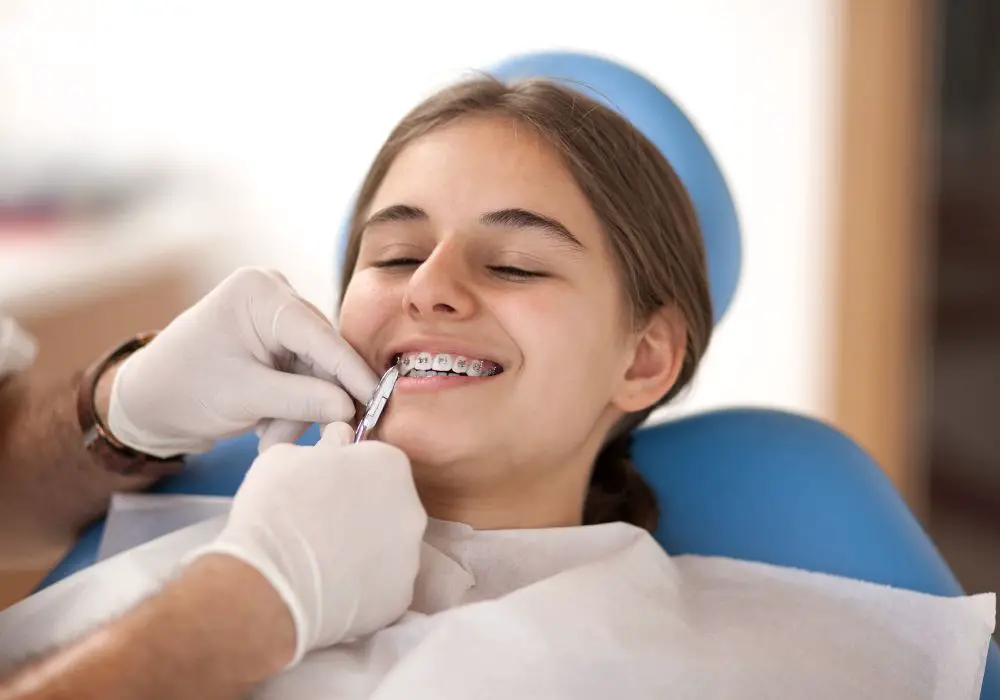
There are a few main reasons why teeth may not look perfectly straight after braces:
Retainers not worn as directed
After your braces are removed, orthodontists provide retainers to hold teeth in their new positions. Retainers are vital for keeping teeth from shifting back towards their original crooked positions. Unfortunately, many patients do not wear their retainers as often as prescribed. Teeth can drift out of alignment surprisingly fast. Just a few days without retainers can undo months of progress. For the best retainer results:
- Wear retainers full-time for the first 6-12 months, then nightly after that. The longer you wear retainers full-time, the better your teeth will hold their new positions.
- Schedule regular retainer check-ups every 3-6 months with your orthodontist for the first year after braces. This ensures the retainers are still fitting properly and providing maximum retention.
- Immediately replace any lost, broken or ill-fitting retainers to prevent backsliding of tooth positions.
Unresolved bite issues
Braces mainly focus on straightening the front 6 upper and lower teeth. They do not always completely fix alignment of the back molars or issues between the upper and lower jaws. Problems like overbites, underbites, crossbites and open bites can still affect the look of your smile after braces if the orthodontic treatment did not fully correct these bite issues. Discuss any remaining bite problems with your orthodontist. Additional treatment with bite plates, elastics or even jaw surgery later on may be needed after braces to get the ideal bite.
Natural spacing
Everyone’s natural spacing is different. Some people have naturally crowded teeth, while others have more gaps between teeth. Orthodontists aim for an ideal alignment, but some uneven spacing or small gaps between teeth may remain within normal limits after braces. Minor gaps often naturally close up over 6-12 months as teeth shift into the available space post-braces. If you are concerned about continued noticeable spacing issues, talk to your orthodontist. They can evaluate if any additional orthodontic adjustments, refinement aligners or retention options are needed.
Individual variations in facial structure
No two mouths are exactly the same. Subtle individual differences in tooth sizes, gum contours, jaw shape, and facial symmetry mean achieving “perfect” alignment is an unrealistic goal. Braces greatly improve alignment, but some minor variations like slight rotations or overlaps are to be expected, especially between back teeth. These minor issues are not functionally problematic or aesthetically noticeable to others. Try not to obsess over minute details barely visible to anyone but yourself.
Uncorrected jaw growth issues
In some cases, severely crooked teeth are caused by underlying jaw growth discrepancies. Issues like a narrow upper palate, small lower jaw or over/under-developed facial bones cannot be fully corrected with braces alone. They require early intervention with growth modification appliances as a child, or even corrective jaw surgery later on as a teenager or adult to realign the jaws. Patients who have these unchecked jaw growth issues will have limitations in how perfectly straight their teeth can be made, even after months or years of braces treatment.
Should I get refinements or re-treatment after braces?
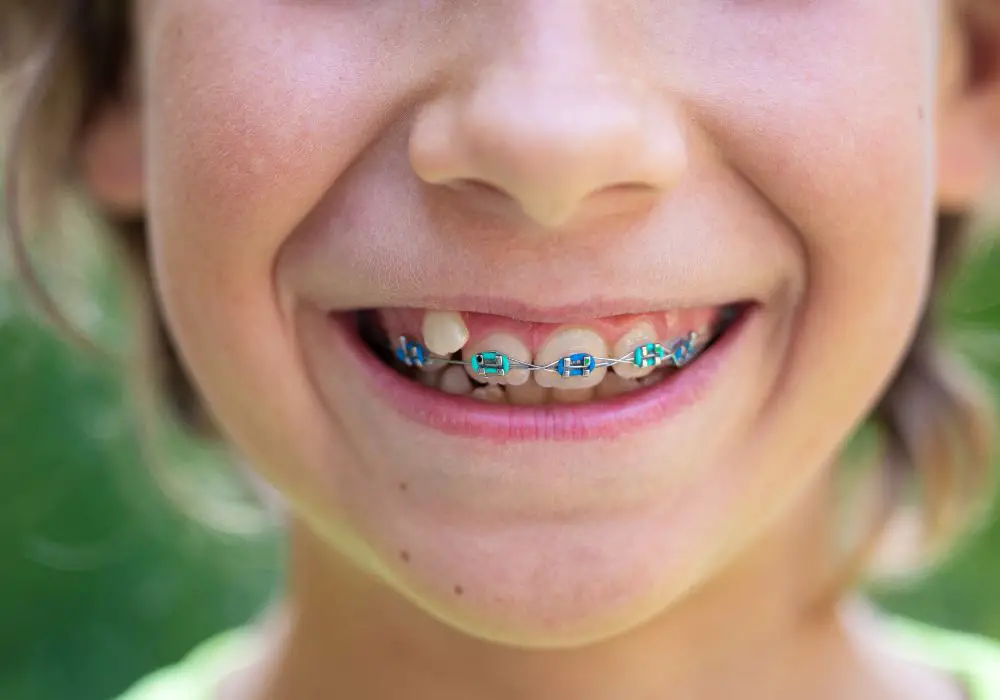
If your teeth have significant relapse or aesthetic appearance issues after completing your first course of orthodontic treatment, consult your orthodontist about possible solutions. Additional alignment options include:
Clear Aligner Refinement
Clear aligners like Invisalign are an excellent choice for refining your smile after braces. Customized clear aligner trays are created to focus on rotating or straightening just the problem teeth that need further adjustment. Refinement aligners are generally worn for shorter periods of time ranging from 10-30 weeks depending on how much movement is needed. They are a more comfortable, convenient way to polish up and finalize treatment results.
Fixed Wire Retainers
A thin wire bonded permanently behind the front 4-6 teeth can help prevent unwanted relapse or spacing from reopening. It keeps these important smile teeth locked firmly in position to maintain the straightest possible alignment. A fixed wire may be recommended for 1-5 years after braces until the teeth are stable. Partial fixed retainers only on the lower front teeth are also an option.
Additional Orthodontic Treatment
For some cases of major tooth relapse or movement after the first round of orthodontics, traditional braces or clear aligners may be recommended again to get teeth back into position. This could involve:
- Re-positioning severely shifted teeth with braces and elastics
- Expanding or contouring the width of your dental arch with braces or appliances to correct recurrence of crowding
- Using headgear, bite ramps, elastics or custom-made bite plates to improve your bite
- Closely monitoring growth and development for younger patients after the first phase of treatment to determine if jaw surgery is required
Work closely with your orthodontist to weigh the pros and cons of additional rounds of treatment. While further orthodontics can take 6-24 months depending on severity, it provides long-term benefits for getting your smile looking its absolute best.
Habits to maintain your new smile after braces

Adjusting daily habits can help keep teeth looking their straightest after you get your braces off:
- Wear retainers as directed. This is the most critical habit for maintaining your orthodontic results. Skipping even 1-2 days of retainer wear can allow fast tooth movement and relapse.
- See your dentist for cleanings every 3-6 months. Regular dental visits allow early detection of cavities, abnormal wear or other issues that could undermine your orthodontic results.
- Protect your teeth from injury. Wear a custom mouthguard for sports and avoid chewing pens, nails, ice or other hard objects that could damage teeth and invite alignment problems.
- Choose smart snacks. Avoid excessively sticky, hard or chewy foods that could bend or loosen wires during treatment or displace teeth after braces. Cherry pits, caramel, skittles, ice cubes, raw carrots or chewing gum pose risks.
- Practice excellent oral hygiene. Brush teeth thoroughly twice a day and floss once daily to prevent tooth decay, gum recession or periodontal disease. Removing trapped food prevents decalcification lines on teeth.
- Stop habits that undermine alignment. Clenching, grinding, thumb-sucking, tongue thrusting and other harmful behaviors can gradually undo the benefits of braces over time. Ask your orthodontist about habit appliances or other solutions if these issues persist.
- Quit smoking and other tobacco use. Smoking stains teeth yellow and exponentially increases risks of oral cancer, gum disease, tooth loss and other oral health problems down the road.
| Habit | Effect on Teeth |
|---|---|
| Not wearing retainers | Teeth shift back towards old positions |
| Missing dental visits | Small problems become big problems |
| Playing sports without mouthguard | Risk chipped or injured teeth |
| Chewing ice or hard foods | Can crack, loosen or re-shift teeth |
| Poor cleaning | More decay and tooth discoloration |
| Clenching or grinding | Increased uneven wear and bite issues |
| Tongue thrusting | Front teeth gradually pushed forward |
| Smoking | Stained yellow teeth, oral cancer risk |
Conclusion
While braces cannot always achieve model-perfect teeth for every patient situation, they still greatly improve smiles for most people. Try to focus on the incredible difference between your teeth before and after braces rather than stressing over minor lingering imperfections. Issues like small spaces or overlaps after braces are common and can often be corrected with a bit of extra orthodontic care. With good retainer compliance and smart oral habits after treatment, you can ensure your bright new smile stays beautiful for a lifetime.


